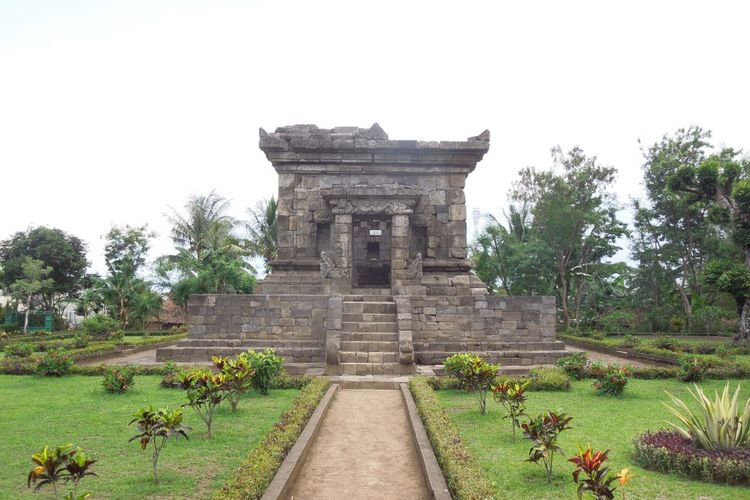Welcome to the first part of our journey into Malang’s fascinating history. In this series, we will delve deep into the annals of time to uncover the intriguing stories that have shaped this remarkable city. Let’s begin with the enigmatic Kanjuruhan Kingdom.
Part 1: The Enigmatic Kanjuruhan Kingdom
Founding and Inscription Origins
The Kanjuruhan Kingdom, which originated in the 7th century, finds its historical roots in inscriptions, notably the Dinoyo Inscription. This inscription, discovered in the Malang region, provides crucial insights into the kingdom’s establishment and early history. Scholars attribute its founding to King Gajayana, who played a pivotal role in shaping the kingdom’s cultural and political foundations.
Cultural Significance
The Kanjuruhan Kingdom left behind a lasting legacy that still resonates today. Among its most prominent remnants stands the Candi Badut temple, believed to have been constructed during the kingdom’s era. This temple boasts intricate carvings and sculptures, offering a glimpse into the artistic and religious achievements of its time.
Exploring Candi Badut
Candi Badut is more than a historical relic; it is a living testament to the past. As you explore this ancient temple, nestled amidst serene surroundings, you’ll step back in time, imagining the rituals and ceremonies that once unfolded within its sacred walls.
The Decline of Kanjuruhan
While the Kanjuruhan Kingdom thrived during its early years, it eventually faced challenges that led to its decline. The exact reasons behind its downfall remain a subject of scholarly debate. Some historians attribute it to political changes, while others point to shifts in the region’s power dynamics. One of them was attacked by the Medang kingdom (founder of the Borobudur and Prambanan temples) in Central Java and became a vassal kingdom and was called Kanuruhan, whose leader was called Rakai Kanuruhan.
Uniquely, after the Medang kingdom was led by King Balitung, Rakai Kanuruhan became an important position in the Medang kingdom. There is a possibility that from Rakai Kanuruhan, Mpu Sindok will detect the safe and strategic area of eastern Java. So in the 10th century, the center of government for the Medang kingdom was moved from Central Java to East Java to be precise in Tamlang (allegedly now Tembelang in Jombang).
Conclusion
The Kanjuruhan Kingdom is a captivating chapter in Malang’s history. Its origins, cultural significance, and the enduring presence of Candi Badut all contribute to the city’s unique charm. Stay tuned for Part 2 of our series, where we will delve deeper into the subsequent chapters of Malang’s rich and diverse history.
